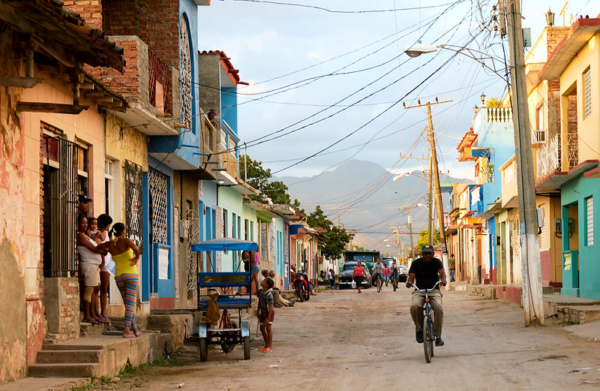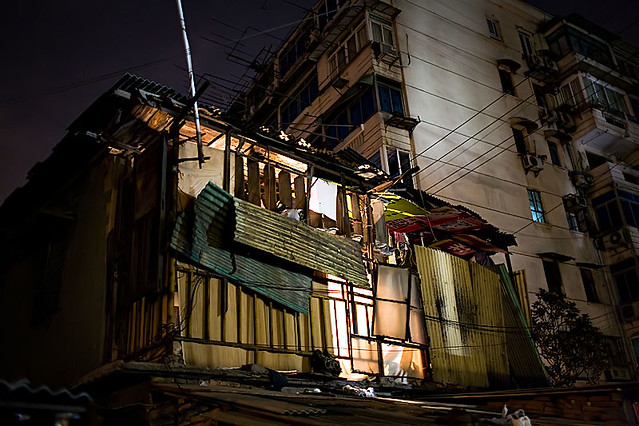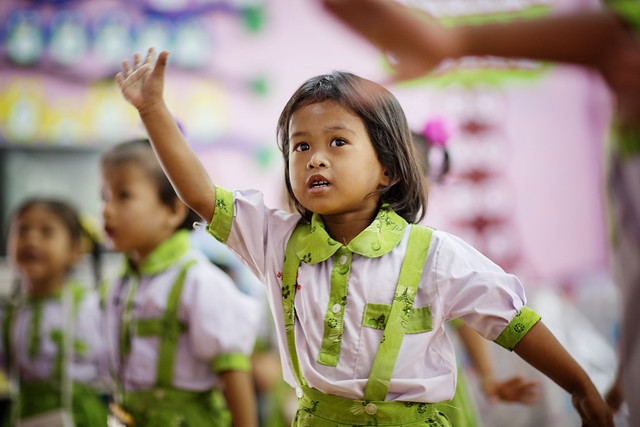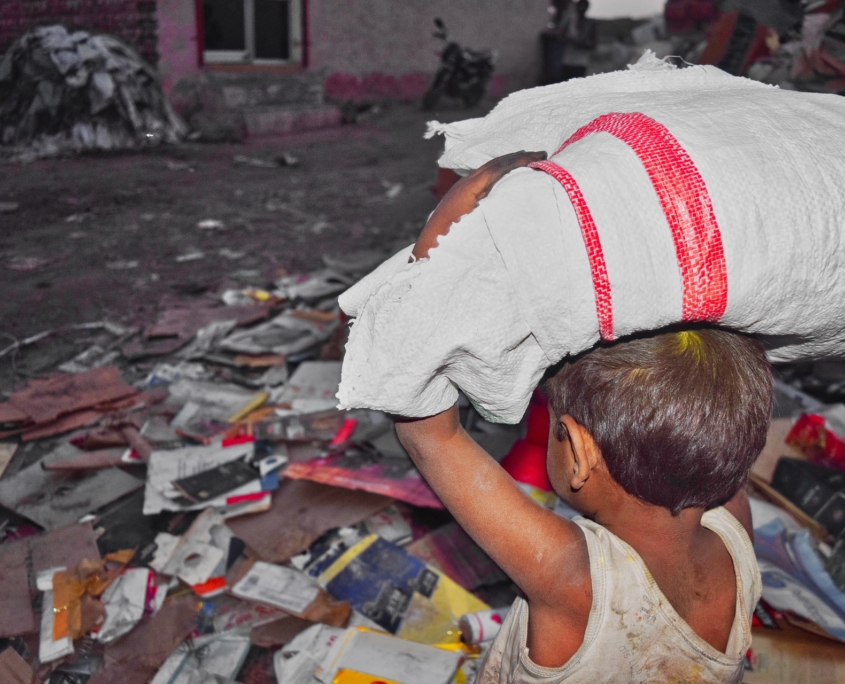
In the global fight against poverty, there have been countless programs to effectively downsize this issue. Poverty reduction programs are an important part of the fight against poverty and because of this, countries should be able to cooperate and learn from one another. Thankfully, with the help of the U.N., the world has been making progress in terms of cooperating to implement good poverty reduction programs. In no particular order, these are the five countries with some of the best poverty reduction programs.
Five Countries with the Best Poverty Reduction Programs
1. China
For the Middle Kingdom, poverty reduction is a key contributing factor to its rapidly growing economy. China has helped reduce the global rate of poverty by over 70 percent, and according to the $1.90 poverty line, China has lifted a total of 850 million people out of poverty between 1981 and 2013. With this, the percentage of people living under $1.90 in China dropped from 88 percent to less than 2 percent in 32 years. China’s poverty reduction programs have also benefitted people on a global scale by setting up assistance funds for developing countries and providing thousands of opportunities and scholarships for people in developing countries to receive an education in China.
2. Brazil
Brazil has taken great steps in reducing poverty and income inequality. Brazil has implemented programs such as the Bolsa Familia Program (Family Grant Program) and Continuous Cash Benefit. Researchers have said that the Family Grant Program has greatly reduced income disparity and poverty, thanks to its efforts of ensuring that more children go to school. They have also said that beneficiaries of this program are less likely to repeat a school year. Meanwhile, the Continuous Cash Benefit involves an income transfer that targets the elderly and the disabled.
3. Canada
Canada has implemented poverty reduction programs such as the Guaranteed Income Supplement and the National Housing Strategy. The Guaranteed Income Supplement is a monthly benefit for low-income senior citizens. This program helped nearly 2 million people in 2017 alone. Meanwhile, the National Housing Strategy in an investment plan for affordable housing that intends to help the elderly, people fleeing from domestic violence and Indigenous people. With its poverty reduction programs in place, Canada reportedly hopes to cut poverty in half by 2030.
4. United States
Although the United States has a long way to go when it comes to battling poverty, it does still have its poverty reduction programs that have proven to be effective. According to the Los Angeles Times, programs such as Social Security, Temporary Assistance for Needy Families, the Earned Income Tax Credit and food stamps have all helped to reduce deep poverty. In particular, people consider the Earned Income Tax Credit to be helpful for families that earn roughly 150 percent of the poverty line, approximately $25,100 for a four-person family. Social Security could help reduce poverty among the elderly by 75 percent.
5. Denmark
Denmark has a social welfare system that provides benefits to the unemployed, the disabled and the elderly, among others. People in Denmark are generally in good health and have low infant mortality rates. Denmark also has public access to free education, with most of its adult population being literate.
It should be stressed that none of these countries are completely devoid of poverty, but they do provide some good examples of how governments can go about reducing this issue. With the help of organizations like the USAID, it is clear that this is an issue many take seriously.
– Adam Abuelheiga
Photo: Flickr
 Historically, malaria has been extensive in China. In the 1940s, 90 percent of the population was considered at risk. In the 1970s, the country suffered
Historically, malaria has been extensive in China. In the 1940s, 90 percent of the population was considered at risk. In the 1970s, the country suffered 







